Combining of Energy Sources to Meet
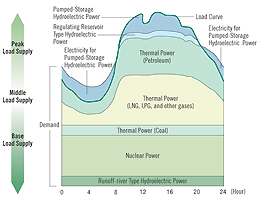
Volume of Power Generation by Source
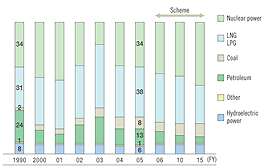
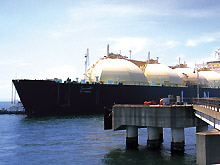
Because it allows a flexible response to seasonal, hourly, and even minute-by-minute fluctuations in power demand, thermal power generation plays an important role in TEPCO's operations. At present, the Company's power plants use liquid natural gas (LNG) petroleum, and coal, balancing the utilization ratio of these fuels based on stability of supply, economic considerations, and environmental concerns. In addition, TEPCO is installing cutting-edge technology such as advanced combined-cycle power generators to minimize energy loss and increase thermal efficiency. Through these measures, the Company is striving to achieve the most effective utilization of resources, reducing fuel costs and restraining CO2 emissions.
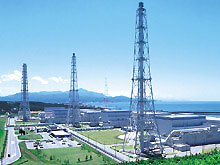
In a well-mixed generation portfolio, nuclear energy plays the leading role as the base load energy source. This is because TEPCO can obtain needed uranium from politically stable countries, and can reuse reprocessed uranium and plutonium in its generators. Moreover, nuclear power is an environment-friendly energy source because nuclear power plants are environmentally friendly in that they emit only minor amounts of carbon and sulfur dioxides, which cause climate change and acid rain.
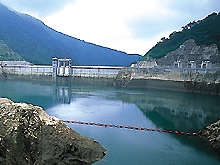
The role of hydroelectric power has changed over the years. The output of hydroelectric power plants can quickly be adjusted, and this makes hydroelectricity ideal for the role of compensating for potential shortfalls to meet peak demand. Pumped storage hydroelectric power plants, which pump in water during low-demand evening hours and use it to generate power during peak hours, have become the mainstream of hydroelectric power generation in recent years.
© Tokyo Electric Power Company Holdings, Inc.